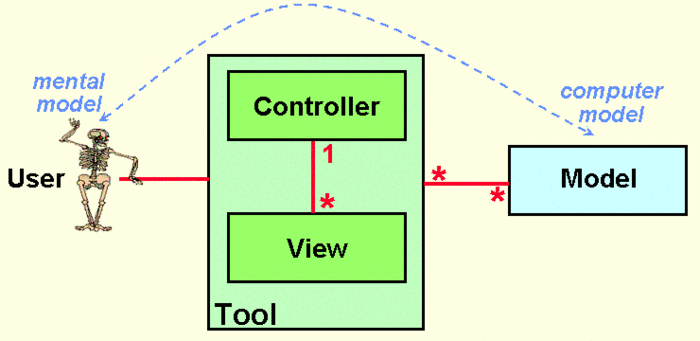AI Library
Essays
Venture Beat
- A sober view of AI will lead to more effective innovation (2017)
- Intellect vs. intelligence: The difference matters in AI (2017)
Creativity Post
- Step 0 (2018)
- Multidimensional Thinking (2018)
- Post Taylorist Design (2018)
- An Argument Against AGI (2017)
Talks
TEDx (2016)
AIA (2018)
DIF (2017)
Google (2016)
Product Design with AI
YouTube Playlist
Reading List
- Rebooting AI: Building Artificial Intelligence We Can Trust
- Mind in Motion: How Action Shapes Thought
- Alchemy: The Dark Art and Curious Science of Creating Magic in Brands, Business, and Life
- Conscious: A Brief Guide to the Fundamental Mystery of the Mind
- The Big Nine: How the Tech Titans and Their Thinking Machines Could Warp Humanity
- You Are Not a Gadget: A Manifesto
- The Big Disconnect: Protecting Childhood and Family Relationships in the Digital Age
- Stumbling on Happiness
- ...



